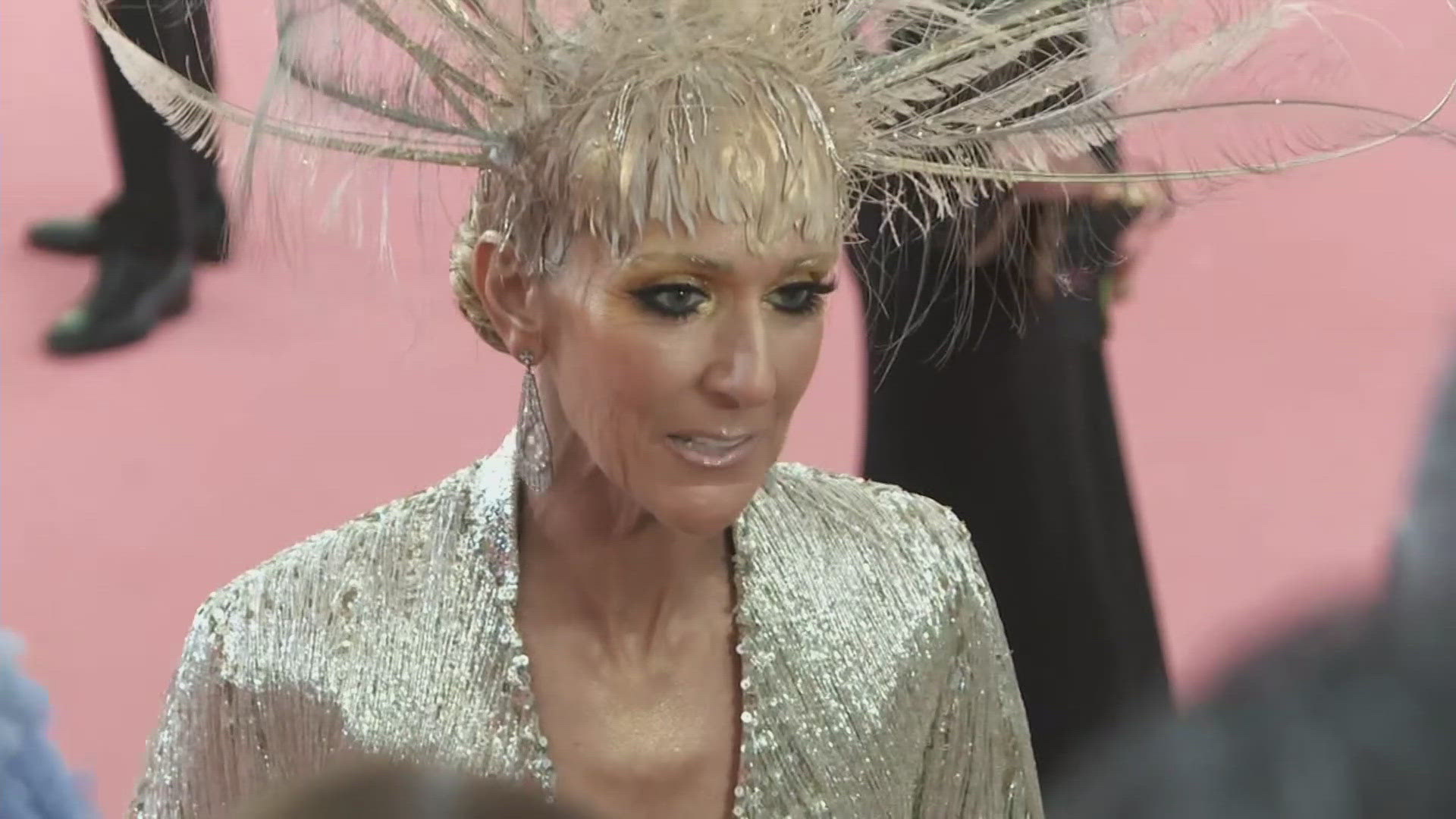PARIS, France — We are just days away from the start of the 2024 Olympics in Paris, where the best athletes across the globe will compete against each other to see who is the best.
From July 24 through Aug. 11, billions of viewers worldwide will tune in to watch athletes compete in 32 different sports. While many will be excited to see well-known events, such as gymnastics and swimming, viewers will also have the opportunity to watch some of the lesser-known sports and even one event that will make its Olympic debut.
Here are 9+ Olympic sporting events you may not have heard of.
1. Handball
Originating in Scandinavia, handball combines elements of soccer, water polo, hockey and basketball. The game is played on an indoor court between two teams of seven. Players can take up to three steps before dribbling and can only hold the ball for no more than three seconds. The team with the most goals at the end of two 30-minutes halves wins.
Handball is also a contact sport, with players being free to attack and defenders making body contact with an opponent. The Olympic website describes it as a "very physical and demanding sport."
Twelve teams will compete at the Olympics. Unfortunately, there is no American handball team in the 2024 games.
Click here for the full handball event schedule.

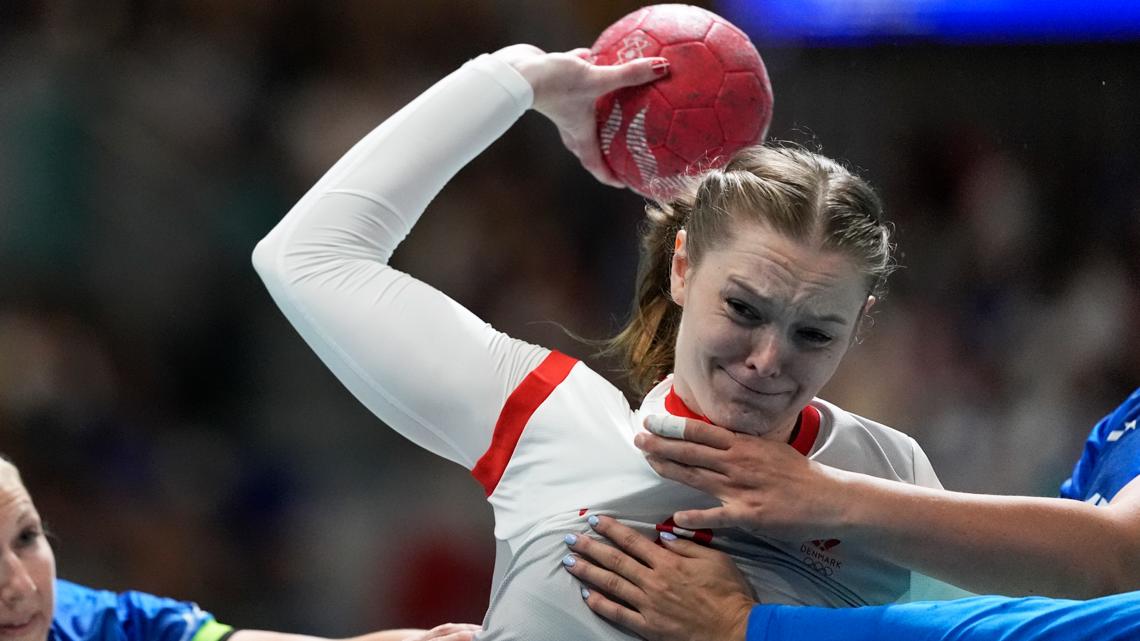
2. Race Walking
Race walking is exactly what you think it is. During the event, formerly known as pedestrianism, athletes swiftly walk to the finish line. It may sound simple, but there is actually a strict set of rules.
The number one way race walking differs from running comes down to the athlete's feet, specifically where their feet are at during the race. Race walkers must always have one foot in contact with the ground at all times. Judges are on site to make sure the rule is enforced, if a race walker is found with both feet off the ground, an error known as 'lifting', the athlete will be penalized.
Additionally, a walker's knee of the advanced leg must not bend and the leg must straighten as the body passes over it.
Race walks have between five to nine judges that keep an eye on walkers and carry paddles with symbols for 'lifting' and 'bent knee'.
According to Olympic officials, the record for the Men's 20km walk is held by
Suzuki Yusuke from Japan. In 2015, Yusuke set the record for race walking 20km, just under 12.5 miles, in an hour, 16 minutes, and 36 seconds.

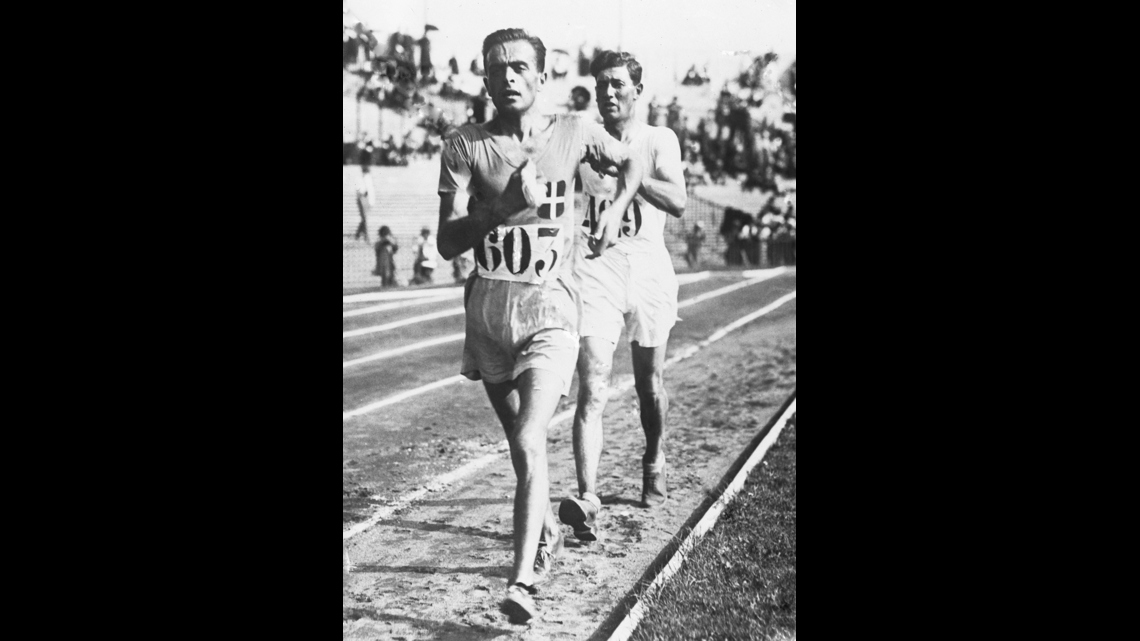
3. Air Pistol
Air pistol is a precision shooting event where athletes use 4.5 mm caliber air pistols to shoot at targets 10 meters away. The pistols fire lead pellets, aiming at a target with a 10-ring scoring system.
In the qualification round, men and women each shoot 60 shots in 75 minutes, with a maximum score of 600. The top eight shooters advance to the finals, starting from scratch, where they shoot in elimination stages.
Shooters stand and hold the pistol with one hand only, without support.
The men's 10m pre-event training will be held on July 26, with the qualification round at on July 27, and finals on July 28.

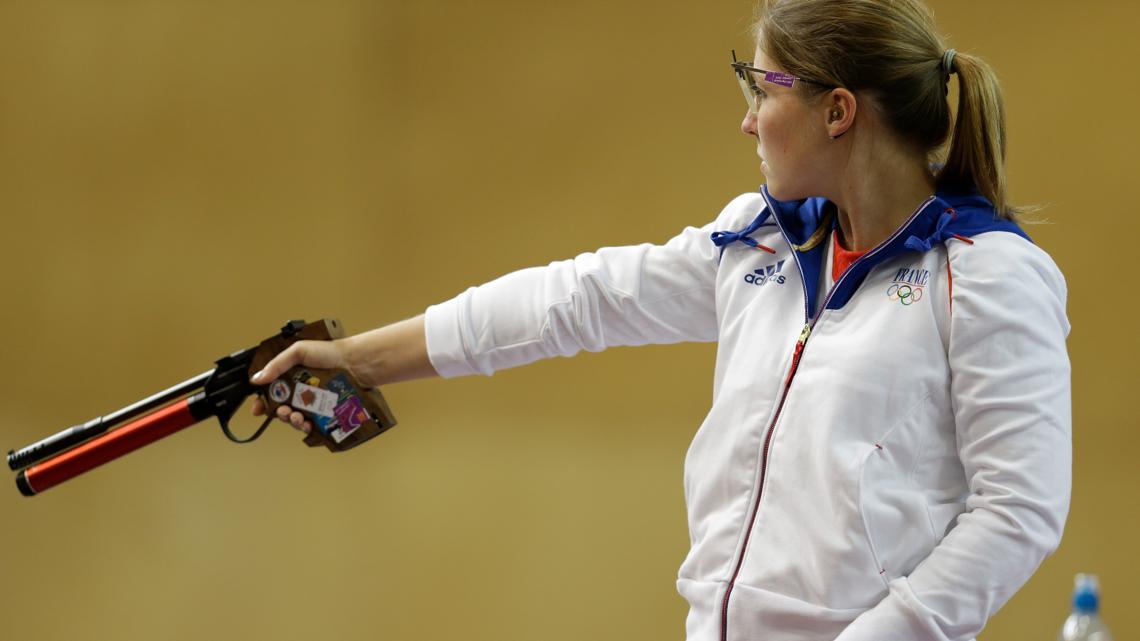
4. Trampoline
How do you win gold on a trampoline? Just bounce the competition away!
In Olympic trampoline, athletes perform acrobatic routines consisting of ten consecutive skills, including flips and twists, on a trampoline. Each routine is judged by nine people appointed for the job on difficulty, execution, and time of flight.
Competitors are scored based on the complexity of their maneuvers, the precision of their execution, and the height and control they maintain during their jumps.
The competition consists of a qualification round and a final round, with the top athletes from the qualifiers advancing to the finals. The athlete with the highest combined score from the final round wins the event.

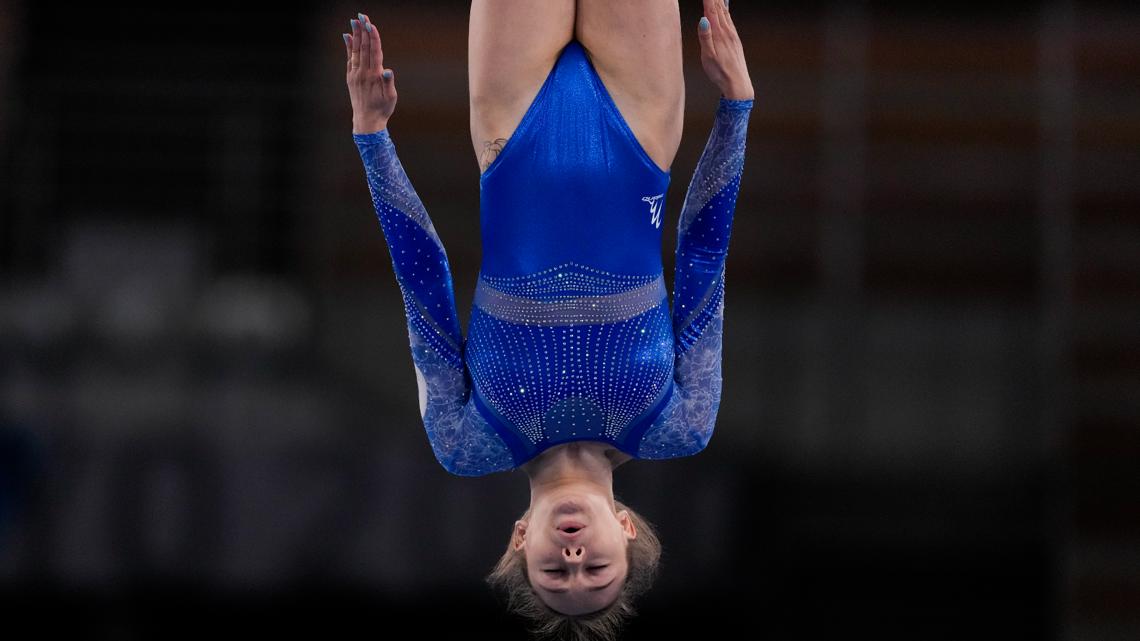
5. Steeplechase
The sport of steeplechase is a distance race that combines running with obstacles, including barriers and water jumps.
The standard race distance is 3,000 meters, run on a track with 28 fixed barriers and 7 water jumps. Each lap features four barriers and one water jump. The barriers are solid and do not fall if hit.
The water jump consists of a barrier followed by a pit of water, which athletes must clear as efficiently as possible to maintain speed.
Round one of the men's 3000m is scheduled for August 5, with the finals on August 7. Women's round one is scheduled for August 4, with the final scheduled for August 6.

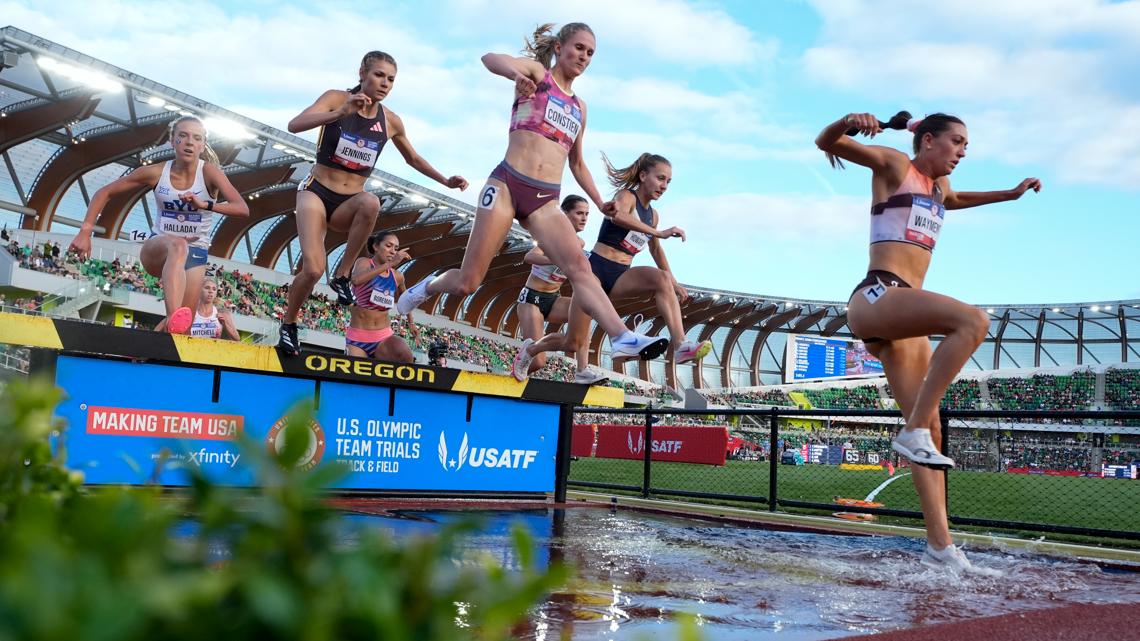
6. Breakdancing
The Olympic sport of breakdancing, officially known as "breaking," is a dynamic and acrobatic form of street dance that will debut at the Paris 2024 Games.
In this competition, dancers, called "B-boys" and "B-girls," perform individually or in battles, showcasing their skills through a combination of intricate footwork, power moves, and freezes.
Each performance is judged based on criteria such as creativity, technique, musicality, and overall performance. Dancers must seamlessly integrate their moves with the beats of the music, displaying rhythm, style, and originality. The battles are structured in a knockout format, where dancers face off in rounds, and judges determine the winners based on their performances.
Stay tuned for the official schedule.


7. BMX
BMX (Bicycle Motocross) features high-speed racing on a dirt track with a series of jumps, turns, and obstacles.
Competitors navigate a challenging course that includes steep berms, rhythm sections, and big jumps. The race format typically involves a series of heats, semi-finals, and a final, where riders compete in a head-to-head sprint to the finish line.
Each rider’s performance is judged based on their ability to navigate the course efficiently while maintaining speed and control.

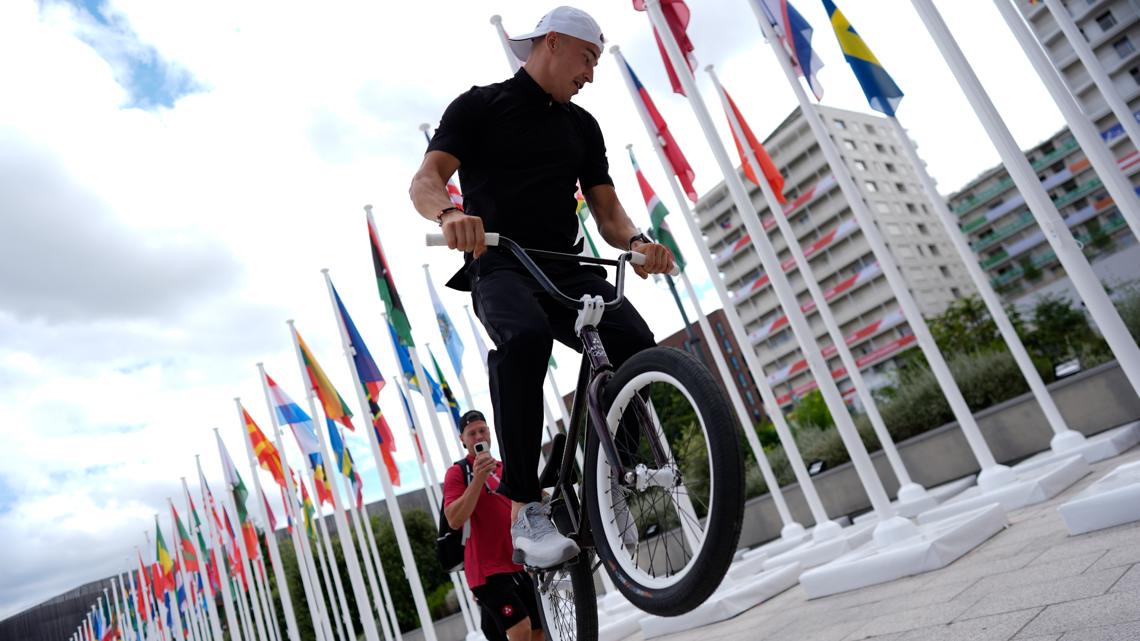
8. Canoe Slalom
Canoe Slalom involves navigating a narrow, twisting course of rapids and artificial gates in a canoe or kayak.
Competitors race against the clock through a series of upstream and downstream gates set up in a challenging water course, which can include turbulent rapids and varying water conditions.
Athletes must paddle through the gates in the correct order and direction, with penalties incurred for touching or missing gates.
Canoe Slalom events are typically held over two runs, with the best combined time determining the final standings.

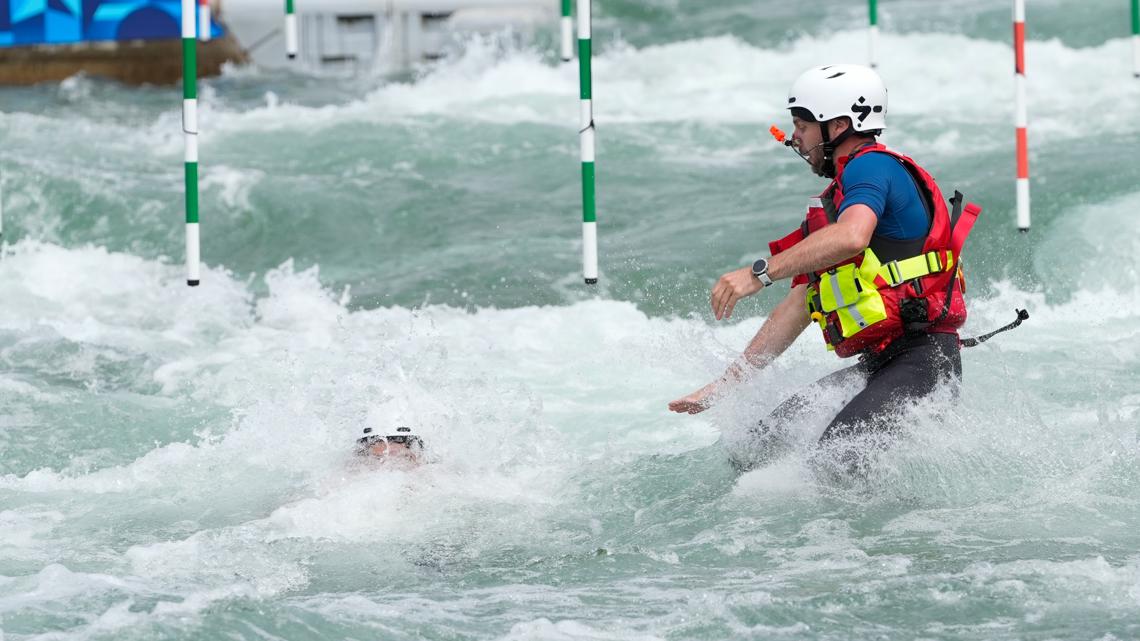
9. Ribbon Gymnastics
Ribbon gymnastics is a sport where athletes perform choreographed routines with a long, flowing ribbon attached to a stick.
The gymnast twirls, waves, and manipulates the ribbon in intricate patterns while executing a series of gymnastic elements, such as leaps, turns, and balances.
Routines are performed to music and are judged on a combination of factors including the difficulty of the moves, the artistry and smoothness of the ribbon work, and the overall presentation. The ribbon must remain in continuous motion, creating visually appealing shapes and patterns.
Qualification rounds start August 8, with the final on August 10.

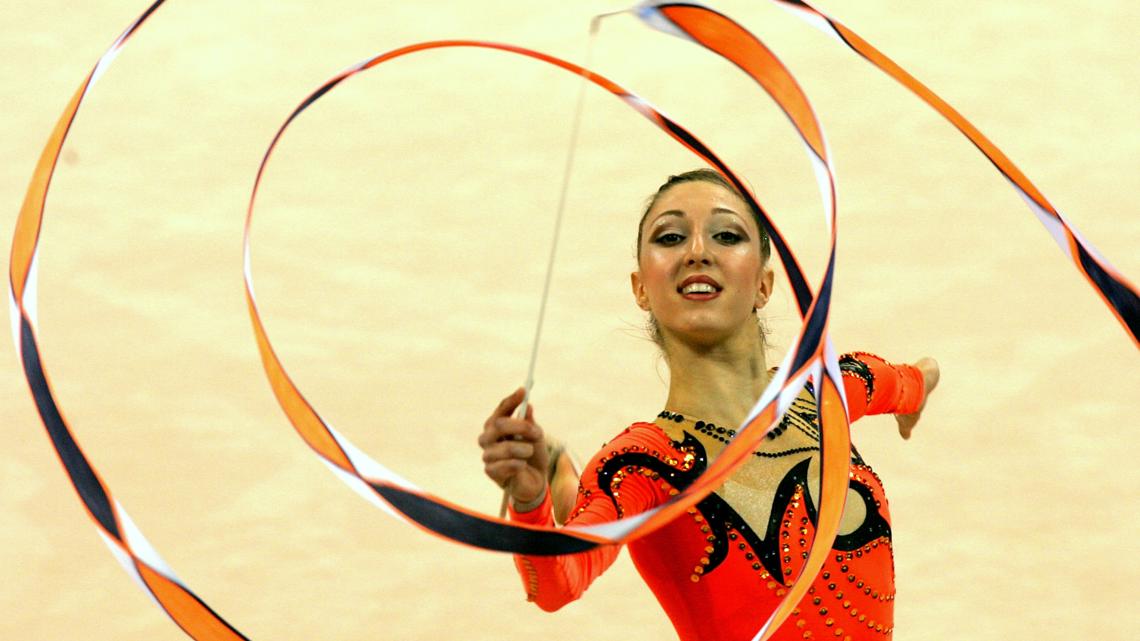
10. Sailing
Olympic sailing is a competitive sport where athletes race sailboats in various classes and conditions to achieve the best times and positions. The sport involves navigating a sailboat across a designated course on open water, typically featuring a series of upwind and downwind legs marked by buoys.
Competitors must master the art of sailing by adjusting their sails and steering to harness wind power effectively, while strategically positioning themselves relative to their rivals and the course layout. Races are governed by a set of rules designed to ensure fair competition, including penalties for rule violations. Different sailing classes in the Olympics vary in boat size, type, and crew requirements, ranging from single-handed dinghies to multi-person keelboats.
There are ten sailing events across eight different classes to be featured in the games this summer.
For the full sailing schedule, click here.


RELATED: The Olympics in Paris will be unlike any other, partly thanks to how France prepared for them
WATCH NEXT:

